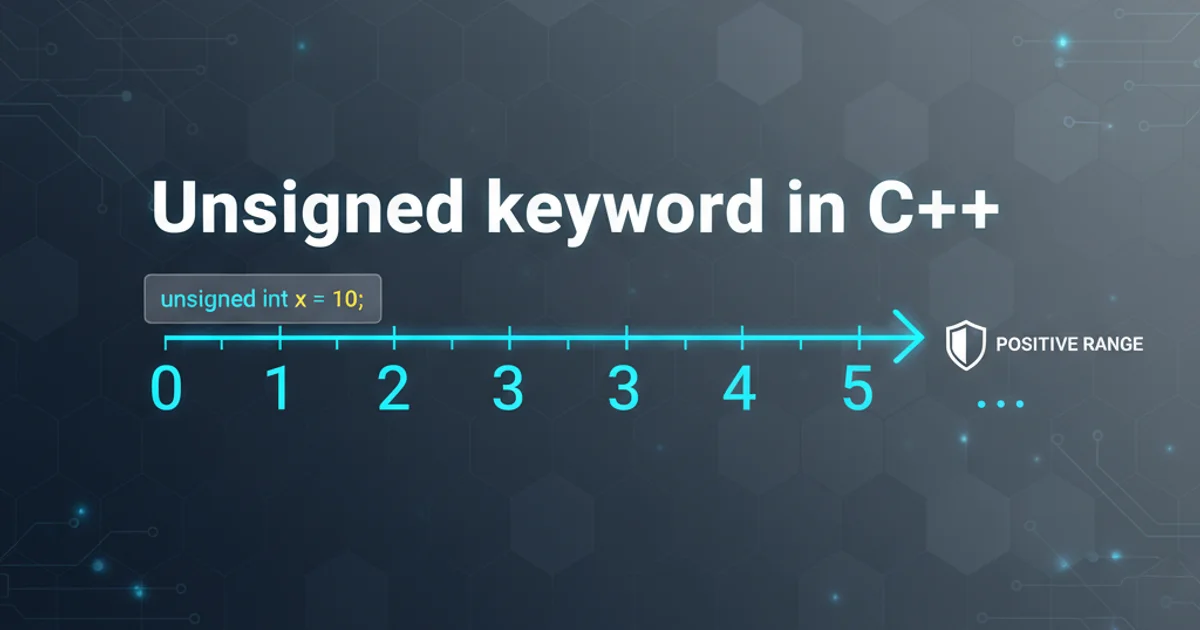Shell conditional in makefile
Categories:
Mastering Shell Conditionals in Makefiles

Unlock the power of conditional logic in your Makefiles using shell commands. This guide covers common patterns, pitfalls, and best practices for robust build automation.
Makefiles are powerful tools for automating build processes, but sometimes you need more than just simple command execution. Integrating shell conditionals directly into your Makefile rules allows for dynamic behavior based on various factors like file existence, variable values, or command output. This article will guide you through effectively using if, else, and endif constructs within your Makefile, leveraging the shell's capabilities to create more flexible and intelligent build scripts.
Understanding Shell vs. Makefile Conditionals
It's crucial to distinguish between Makefile's own conditional directives (ifeq, ifneq, ifdef, ifndef) and shell conditionals (if, test, [, [[). Makefile conditionals are evaluated before any shell commands are executed, during the parsing phase of the Makefile. Shell conditionals, on the other hand, are part of the commands themselves and are executed by the shell invoked for a specific rule. This distinction dictates where and how you can use each type of conditional.
flowchart TD
A[Makefile Parsing Phase] --> B{Makefile Conditional?}
B -- Yes --> C[Evaluate `ifeq`/`ifdef`]
C -- True --> D[Include/Exclude Makefile lines]
B -- No --> E[Rule Execution Phase]
E --> F[Shell Invoked for Rule]
F --> G{Shell Conditional?}
G -- Yes --> H[Execute `if`/`test`/`[`]
H -- True --> I[Execute Shell Commands]
H -- False --> J[Skip Shell Commands]
G -- No --> K[Execute All Shell Commands]
D --> L[Continue Parsing]
I --> M[Rule Complete]
J --> M
K --> MFlowchart illustrating the difference between Makefile and Shell conditional evaluation.
Basic Shell Conditionals in Makefile Rules
To embed shell conditionals, you typically use the shell keyword or directly include them within a rule's command block. Remember that each line in a Makefile rule is executed in a separate shell instance by default, unless you explicitly chain commands or use the .ONESHELL special target. For multi-line shell conditionals, it's often best to use a single logical line by escaping newlines with backslashes or by wrapping the entire block in a bash -c '...' or similar construct.
all:
@echo "Checking for a file..."
@if [ -f "myfile.txt" ]; then \
echo "myfile.txt exists!"; \
else \
echo "myfile.txt does not exist."; \
fi
clean:
rm -f myfile.txt
A basic shell if/else conditional checking for file existence within a Makefile rule.
\) to ensure they are treated as a single logical command by make. This prevents make from invoking a new shell for each line, which would break the conditional's scope.Advanced Conditional Patterns and Best Practices
Beyond simple if/else, you can use more advanced shell features. For instance, checking the exit status of a command, performing string comparisons, or using logical operators (&&, ||). For complex logic, consider encapsulating it in a shell script and calling that script from your Makefile, or using the .ONESHELL directive for a specific target to ensure all commands run in the same shell instance.
.ONESHELL:
build:
@echo "Starting build..."
@if command -v gcc >/dev/null 2>&1; then
echo "GCC found. Compiling...";
gcc main.c -o app
if [ $$? -eq 0 ]; then
echo "Compilation successful.";
else
echo "Compilation failed.";
exit 1;
fi
else
echo "GCC not found. Please install GCC.";
exit 1;
fi
clean:
rm -f app
Using .ONESHELL for a target to execute multi-line shell conditionals and check command exit status.
$(VAR)) are expanded before the shell command runs, while shell variables ($$VAR) are expanded by the shell. Always use $$ for shell variables to prevent make from trying to expand them prematurely.